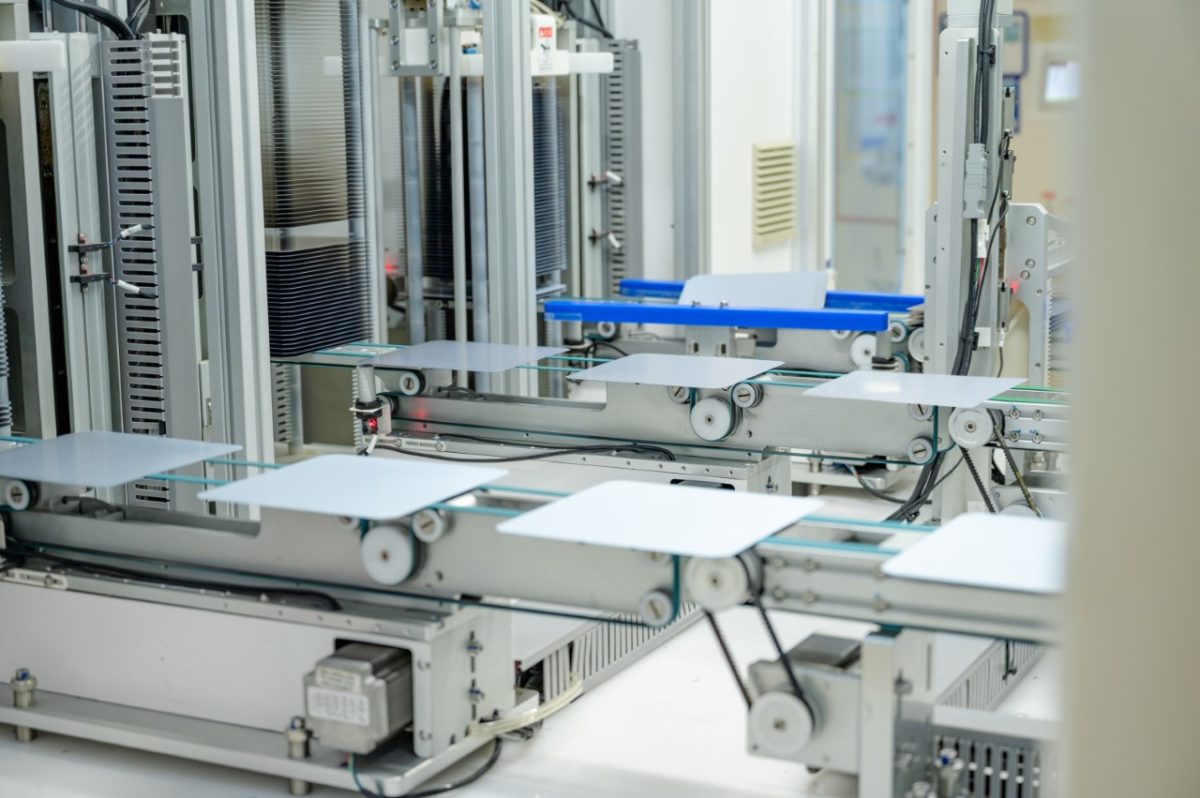Module manufacturer Jolywood Solar announced on Wednesday that it signed a strategic cooperation and investment agreement with the government of Taiyuan City, in China's Shanxi Province, to build a silicon metal and polysilicon factory. The total investment should amount to around RMB14 billion ($2.22 billion). The new manufacturing plant will have an annual production capacity of 200,000 MT for silicon metal and 100,000 MTs for polysilicon. The factory will be owned 51% by Jolywood and 49% by the city government. The facility should be built in two phases and be fully operational by the end of 2024.
Panel maker JinkoSolar announced it sealed a framework agreement with the Xining Municipal Government and Xining Economic and the Technological Development Zone Management Committee for the development of a joint monocrystalline silicon pull rod project. According to the agreement, Jiangxi Jinko plans to build monocrystalline silicon pull rod production lines with a total annual production capacity of 30 GW in Xining City, Qinghai Province. The total investment is estimated at around RMB10 billion, the company said in a statement. “This project will be constructed in two phases. In the first phase, Jiangxi Jinko plans to build a production line with an annual production capacity of 20 GW, with an estimated investment of approximately RMB7 billion. The construction of the first phase will commence in April 2022. In the second phase, Jiangxi Jinko plans to construct a production line with an annual production capacity of 10 GW in 2023 to 2024 with an estimated investment of approximately RMB3 billion.”
PV module provider Canadian Solar (CSI) shipped a total of 14.5 GW of PV modules in 2021, with a YoY growth of 28%, according to financial results published on Thursday. While company revenue increased by 52% to total US$5.3 billion and resulted in an earning per share of US$1.46. CSI also shipped a total 896 MWh of storage systems in 2021. CSI estimates its module shipment in Q1 of 2022 to reach between 3.6 and 3.8 GW, with revenue of around US$1.25 to US$1.35 billion. For the whole of 2022, CSI’s present estimation for module shipment is 20 to 22 GW and revenue of US$7 to US$7.5 billion.
Energy company China Power yesterday published full-year results for 2021 indicating it installed 1.22 GW more solar generation capacity last year while removing 1.2 GW of its coal plants, as soaring coal prices dragged the company into a loss-for-shareholders of RMB516 million (US$81.2 million). The company sold 7.09 TWh of solar electricity, 49% more than in 2020 – with associated businesses selling a further 108 GWh – for an average tariff of RMB0.469/kWh (US$0.074), down RMB0.103/kWh (US$0.016) from the previous year as subsidies were phased out. Nevertheless, China Power’s solar business posted a RMB574 million (US$90.3 million) profit as the coal operation lost RMB2.08 billion (US$327 million), with the utility stating: “The results of the group’s coal-fired power segment turned from profit to loss-making, dragging on the overall performance of the company.”
Polysilicon manufacturer GCL-Poly on Wednesday told the Singapore Stock Exchange its offer to buy back up to US$53.4 million of its own 10% senior notes, due in 2024, at a slight discount, had been oversubscribed. Payment was set to be settled yesterday, to leave US$443.5 million of the notes outstanding. GCL’s solar project division on Wednesday announced the sale of another seven PV parks, with a total generation capacity of 85 MW, to state-controlled power and engineering company Jiangsu Hesheng. Although the sale will book GCL New Energy a RMB35 million (US$5.51 million) loss, it will generate RMB311 million (US$48.9 million) to pay down debts and will remove RMB354 million (US$55.7 million) in liabilities from GCL’s books, even accounting for unspecified, RMB1.18 million (US$186,000) “rectification costs.” The details of the sale, announced to the Hong Kong Stock Exchange, noted 2.62 MW of the solar generation capacity was in “unregistered projects.”
This content is protected by copyright and may not be reused. If you want to cooperate with us and would like to reuse some of our content, please contact: editors@pv-magazine.com.




4 comments
By submitting this form you agree to pv magazine using your data for the purposes of publishing your comment.
Your personal data will only be disclosed or otherwise transmitted to third parties for the purposes of spam filtering or if this is necessary for technical maintenance of the website. Any other transfer to third parties will not take place unless this is justified on the basis of applicable data protection regulations or if pv magazine is legally obliged to do so.
You may revoke this consent at any time with effect for the future, in which case your personal data will be deleted immediately. Otherwise, your data will be deleted if pv magazine has processed your request or the purpose of data storage is fulfilled.
Further information on data privacy can be found in our Data Protection Policy.